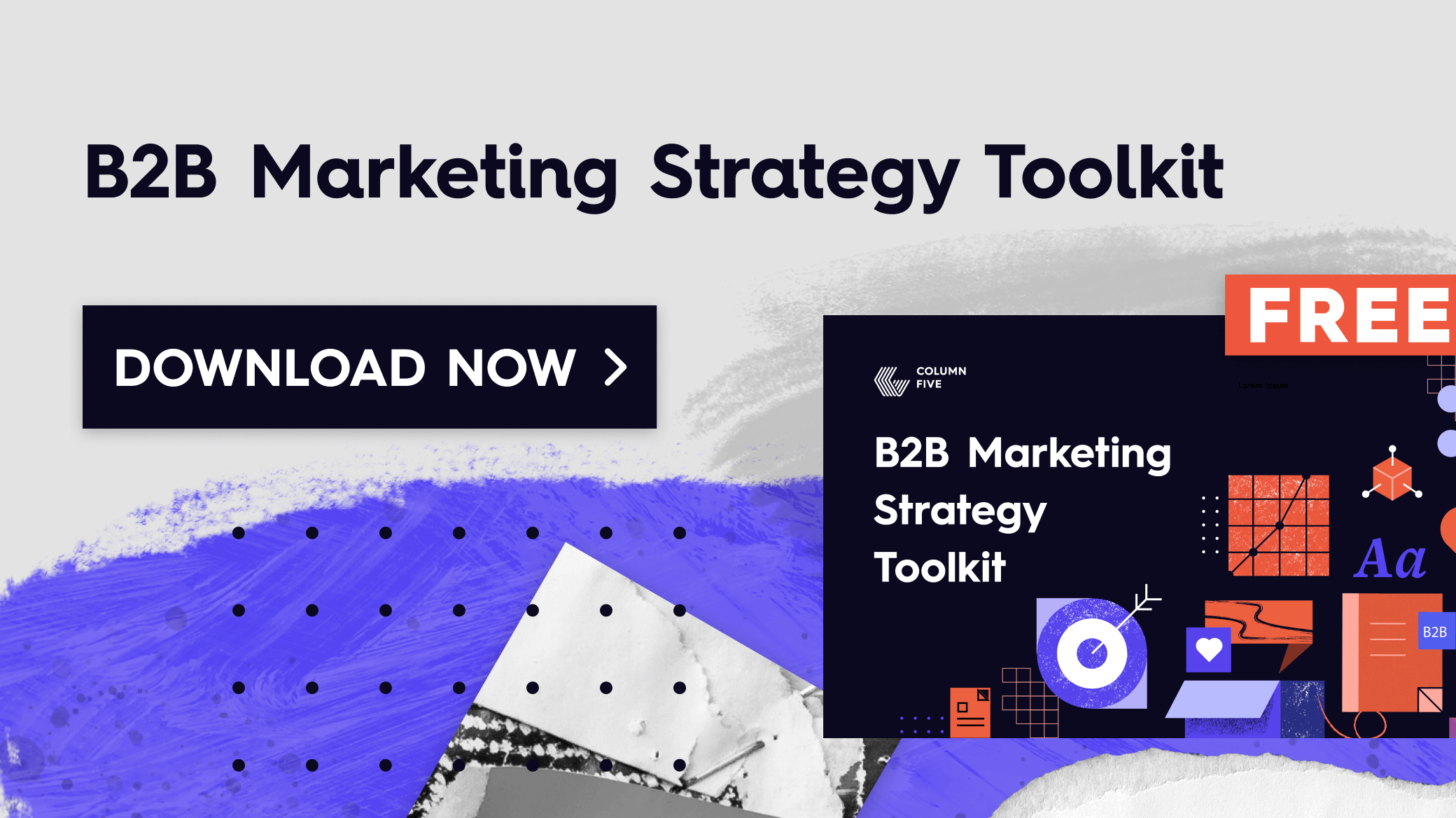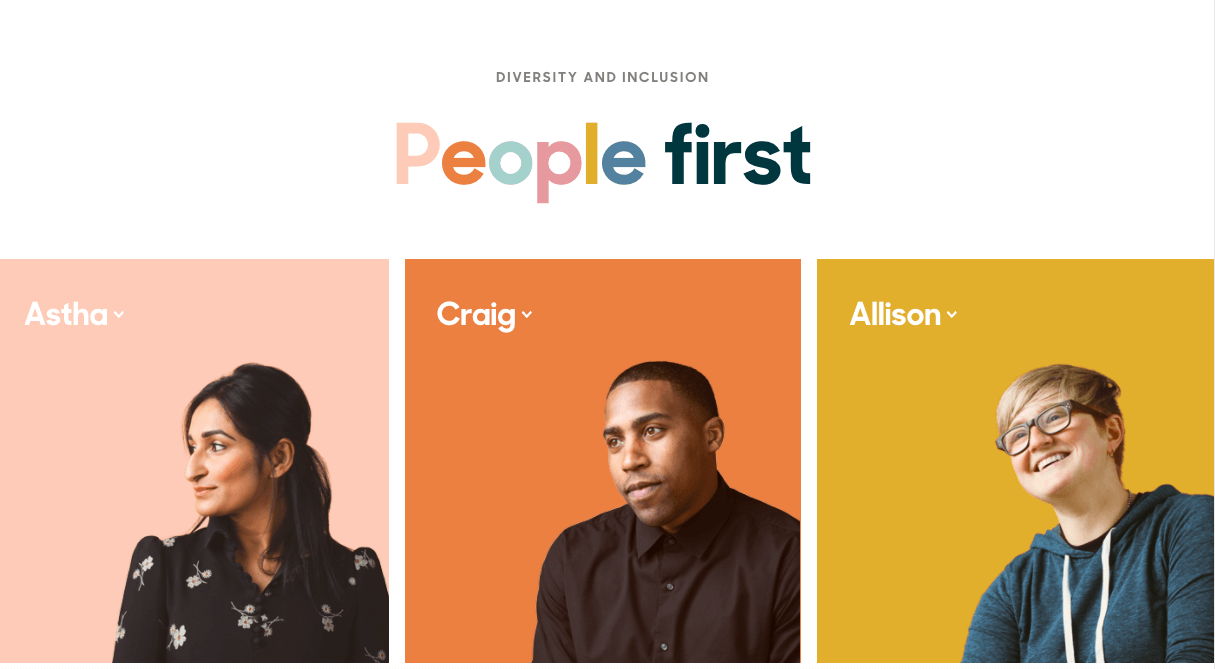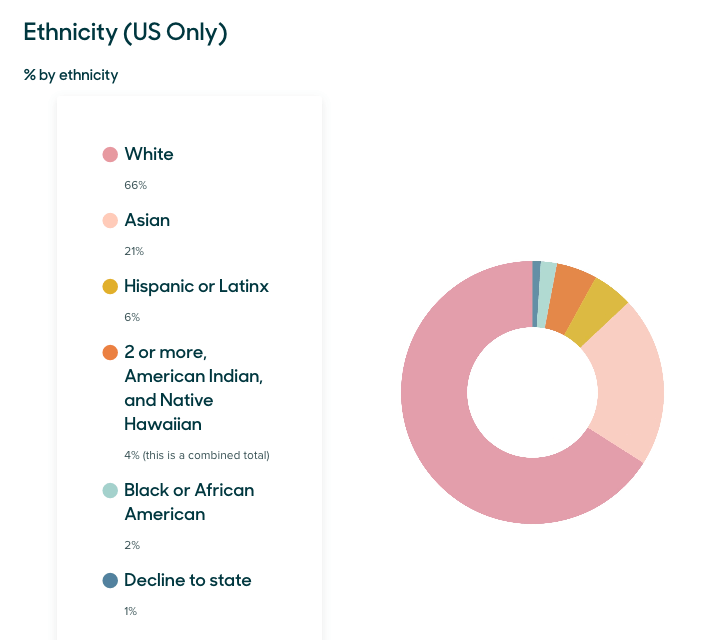It’s a new year, and the prediction headlines are everywhere. But staying up-to-date can be a little overwhelming. What are the latest B2B marketing trends? What should you leave behind, and what should you keep doing? Personally, when it comes to predictions, we like to turn to a reliable source: proper data. Luckily, now that the 2023 marketing research reports have dropped, there’s plenty to dig into—and plenty to learn from.
Hence, we decided to do the heavy lifting for you by combing through it all to identify the most interesting and useful insights to help you craft a truly successful content strategy this year.

10 Ways to Improve Your B2B Marketing in 2023
From video to influencer marketing, here are the top things to think about as you brainstorm ideas, curate your content, and improve your marketing in 2023.
1) Create more video.
We said it last year, and we’re saying it again this year. Video can do a lot to help you foster a strong connection with your audience, and it is exploding across platforms (especially short-form video content). Whether you’re showcasing behind-the-scenes happenings at your company, hopping on a popular TikTok trend, or showing off a new product in a 1-minute explainer video, there are multiple uses for this medium. By the way, your competitors are probably already doing it.
78% of B2B marketers plan to invest in video (up from 69% last year).
— CMI’s 2023 B2B Content Marketing Report
Tip: Even if you don’t have an enormous budget or an in-house video production team, there are still plenty of ways to produce high-quality video. Find out about the 6 types of video you can create remotely, find out what to look for in a video agency (if you need the help), and see our complete guide to brand video.
Example: Dropbox uses video to communicate in all sorts of ways, from explainer videos, to mini case studies, to fan engagement on social media.
View this post on Instagram
2) Strengthen your thought leadership to increase trust.
In the face of economic decline, consumer trust is dipping across the board. (Interestingly, according to GWI’s 2023 Connecting the Dots Global Report, there’s been an 11% drop in consumers saying they trust online reviews since 2020.) With people more critical of brands—and how they present themselves—making strong connections through expert thought leadership is more important than ever.
Tip: Follow these 5 tips to create high-value thought leadership that makes a bigger impact on your audience.
3) Adopt more automation.
Content technologies are continuing to evolve, and the recent conversations surrounding AI’s ability to automate copy and other key marketing functions is one that can’t be ignored. Only 19% of B2B marketers say they’re investing in these new content technologies, which means you can succeed by staying ahead of the crowd. We have personally been astounded by OpenAi’s ChatGPT, but there are many other AI tools making headlines, so start exploring them now.
Tip: See our rundown of 100+ content marekting tools and resources you might use to make your life easier.
4) Host more events.
Whereas previous years have been about virtual or hybrid events, in-person events are back—and many marketers plan to take full advantage. And, most significantly, B2B marketers rate them as the most effective marketing tactic in the last 12 months.
49% of B2B marketers said they’re using in-person events, up from only 19% the previous year.
— CMI’s 2023 B2B Content Marketing Report
That said, virtual events came in as the #2 most effective tactic, so they’re not to be overlooked. In fact, a hybrid approach may be particularly effective for your brand.
Tip: Consider your audience’s unique needs (personal preference, location, etc.) and follow Eventbrite’s handy tips for post-pandemic event marketing.
5) Invest in brand storytelling.
With economic recession on the horizon, it will be harder to attract and retain customers. But one of the most powerful ways to keep people connected to your brand is to share your brand story—everywhere. What does your brand believe in? What are you trying to do for your customers, your employees, and your larger community? Do you talk about more than your product (e.g., your brand values, beliefs, etc.)?
Tip: To make sure people are getting the full story—and the right messages at the right time—map your buyer journey to figure out how to tell your brand story across platforms.
6) Focus on authentically inclusive marketing.
D&I has been buzzing for the last year, but consumers are increasingly skeptical of brands that pay lip service to these initiatives. It’s one thing to issue a generic statement about your commitment to diversity. It’s another to put these “commitments” into practice in concrete and meaningful ways. (According to 2022 Deloitte research, 57% of consumers are more loyal to brands that commit to addressing social inequities in their actions.)
From the images you use on your website to the stories you tell about your employer brand, marketers have a huge opportunity to not just tell but show how they’re prioritizing D&I across all areas of their organization. Doing this is the best way to remain transparent and accountable to everyone invested in your brand, including your customers, employees, and peers.
Tip: Deloitte data suggests that high-growth brands are more frequently establishing key performance metrics for diversity, equity, and inclusion (DEI) objectives than their lower-growth competitors. Find out more about how to benchmark D&I in your business.
Example: We are continuously impressed by how transparent Zendesk is about their D&I data. They proudly share demographic data about their company, proving they are open and committed to fostering equality in the workplace.


7) Double down on social.
Consumers are increasingly turning to social instead of traditional search to find and interact with new brands, get recommendations, and see other people’s reviews. Increasing your social spend is likely to help you reach your audience where they’re at—and generate better ROI.
“In our studies, something like almost 40% of young people, when they’re looking for a place for lunch, they don’t go to Google Maps or Search. They go to TikTok or Instagram.”
—Google Senior Vice President Prabhakar Raghavan
Tip: Microcontent is an easy way to engage with your audience on social, whether it’s a simple data visualization, illustration, tip, or image. Find out more about how to incorporate microcontent into your strategy.
Example: Divvy is a financial software company that does an excellent job of creating interesting and relevant visual content across platforms. Whether it’s a series of tips or a recounting of financial horror stories, they create much more engaging content than you’d expect from a financial software company.

8) Make micro-influencers and nano-influencers your friend.
Influencer marketing isn’t new, and it isn’t going anywhere. But it is changing. It’s not the million-follower influencers that are necessarily going to dominate. The nano-influencers (100-10,000 followers) and micro-influencers (10,000-50,000 followers) have the highest engagement rates and the most loyal followings, so tapping into smaller networks of highly targeted followers may be the better spend.
86% of B2B brands consider their influencer marketing successful. One-third of B2B brands say it has led to increased sales/revenue.
—TopRank Marketing’s 2022 B2B Influencer Marketing Report
Tip: If influencers aren’t part of your marketing mix yet, consider how they might fit into your strategy. And if you’re worried about how to justify the spend, see our guide to measure the right social metrics to determine ROI.
9) Invest in channel-specific content.
As personalization becomes the name of the game, you need to meet people where they’re at, then move them along the path to purchase. This is especially true when it comes to social platforms. It’s no secret that algorithms tend to bury content that leads users away from the platform, so keeping the conversation within social platforms is crucial. Most importantly, you need to tailor content for the specific platform.
71.6% of internet users now search for brand information on social platforms.
—2022 Social Media Marketing Benchmark Report (Influencer Marketing Hub)
Tip: Make sure your brand profiles are up-to-date on all social apps, and look for ways to break your content into platform-specific pieces. For example, if you have a lengthy ebook, you might extract a tip to share on Twitter, a chart to share on Instagram, and an excerpt to share on LinkedIn. These are simple ways to tailor content and extend your content’s reach.
Example: Hubspot takes advantage of every social platform, adapting content to connect with each unique audience. Whether it’s simple tips on Twitter, employee spotlights on Instagram, or helpful videos on YouTube, they have mastered the art of channel-specific content.
10) Focus on relationship-building.
Turning total strangers into devoted fans is the end goal of marketing, but it doesn’t happen easily or quickly. To be successful, you need to invest in people, establish relationships, and nurture them—before, during, and after they actually become a customer. As the world goes more and more online, breaking through the screen to cultivate those personal connections is more important than ever. But how do you do that? Make your marketing as personal as possible. This may sound obvious, but far too many brands are guilty of generating boring copy, generic content, and unenticing visuals.
An overwhelming 84% of B2B buyers would buy from a supplier that they had a great relationship with—even if the terms of business were less preferential.
—2022 B2B Buyer Report (Sana)
Tip: To build stronger relationships through content, brainstorm high-value content ideas, conduct a competitor content audit to find out how you can better position yourself, and learn how empathy can help you build stronger connections.
View this post on Instagram
How to Turn These B2B Marketing Trends into Real Results
We hope these ideas have given you the inspiration you need to craft a strong content strategy in 2023. Of course, we know that creating a strategy and actually executing that strategy are two different things. Ultimately, it comes down to your time, knowledge, and resources. To make sure your team can execute effectively…
- Build the right team. Find out why focusing on roles is smarter than focusing on job titles.
- Optimize your content creation process. Start with our best practices to make content creation easier at every stage.
- Consider outsourcing. Extra hands can help tremendously. Find out how to find an agency with your area of expertise, and learn to build a great working relationship with that agency.
And if you’re on the hunt for an agency right now, feel free to start with us. Find out what it’s like to work with us on a content strategy, see our top 10 FAQs, or reach out directly. We’d love to help you make 2023 your most successful year to date.





